Or Lust (1919), Envy (1919) and Pride (1918). Very Beardsley-esque posters by Carlo Nicco for a series of Italian films from the silent era starring Francesca Bertini. Doubtless the prolific Ms. Bertini’s demonstrations of the Seven Deadly Sins inspired similar promotional artwork for the other films in the series but these are the only ones visible from this Flickr collection of Italian cinema memorabilia. As with Alla Nazimova’s Salomé (and Gabriel D’Annunzio’s excessive Salammbô-esque epic, Cabiria), this confirms again that fin de siècle Decadence lived on in the early days of cinema, having been banished (for a time) from the worlds of art and literature.
Via Fabulon. (Thanks Thom!)

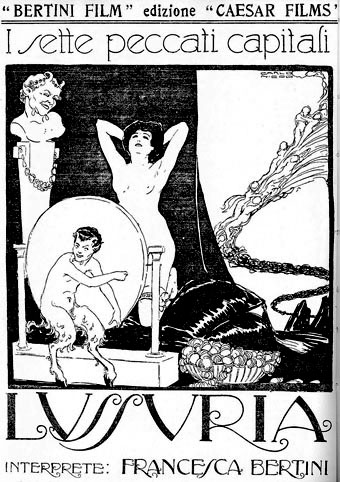
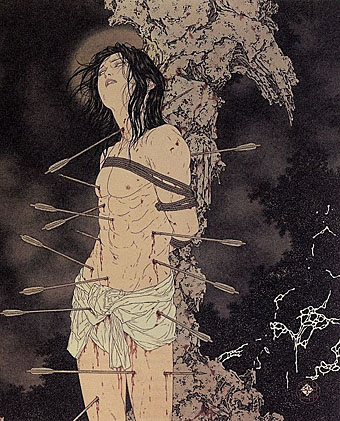
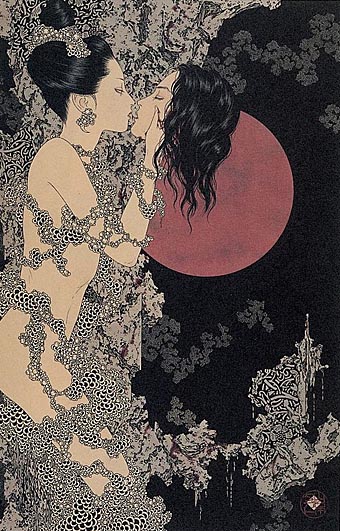
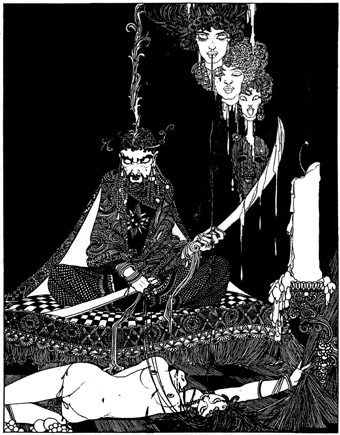
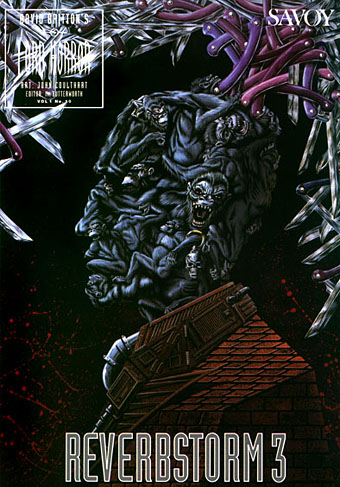

 Despite
Despite